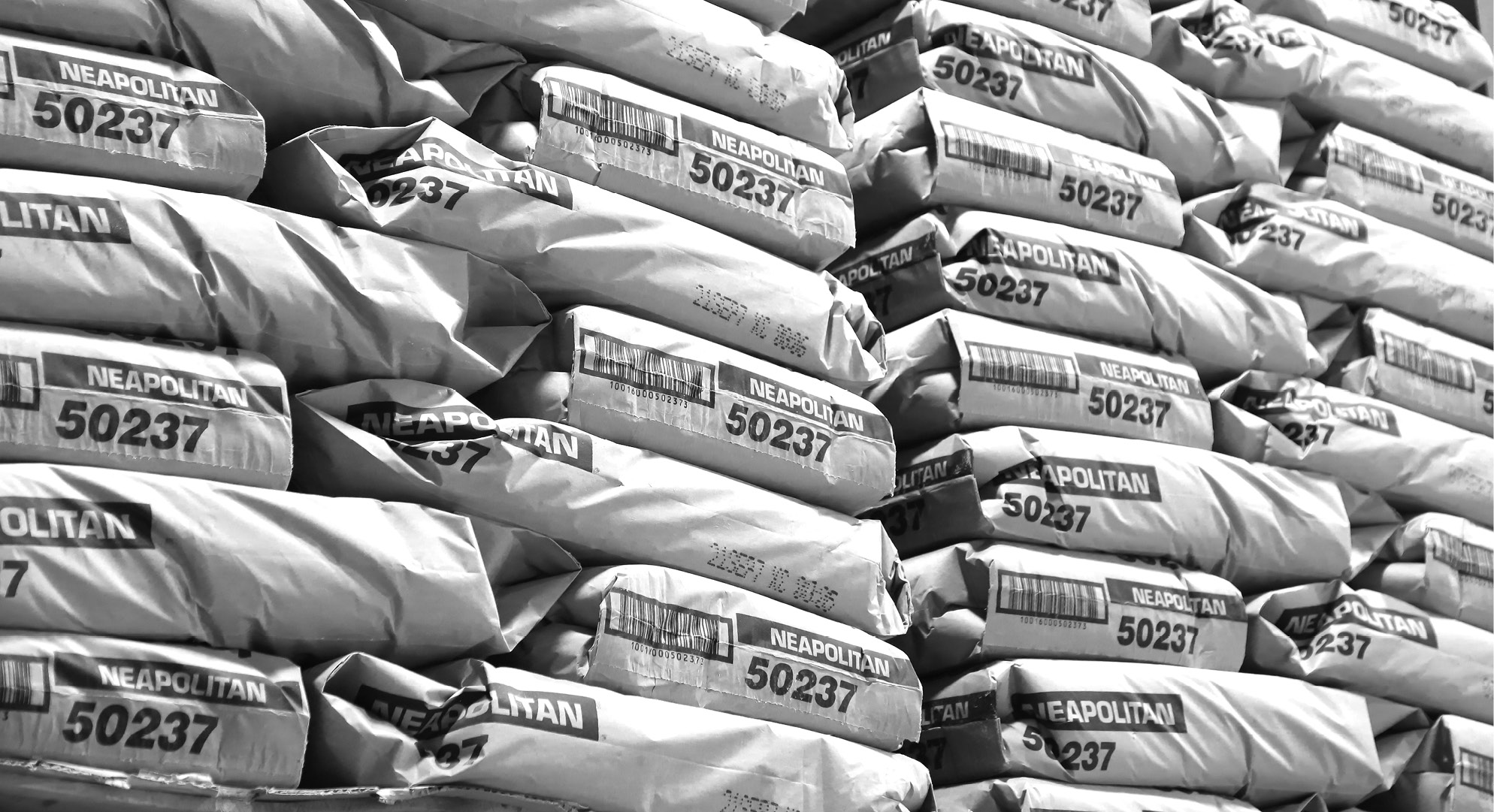Baking Artisan Bread with Natural Starters text copyright 2018 by Mark Friend. Photography copyright 2018 by Thomas Gibson. All rights reserved. No part of this book may be used or reproduced in any manner whatsoever without written permission except in the case of reprints in the context of reviews.
Andrews McMeel Publishing
a division of Andrews McMeel Universal
1130 Walnut Street, Kansas City, Missouri 64106
www.andrewsmcmeel.com
www.farmtomarketbread.com
ISBN: 978-1-4494-9871-9
Library of Congress Control Number: 2018944527
Preface
My journey with bread started by accident. I grew up behind a doughnut shop in Dallas, Texas. When an opportunity came along for me to be employed there at age fourteen, I jumped at it. The doughnut shop allowed me to make money, which meant independence. I was proud of my ability to go to work at 4 a.m., but whenever I did oversleep, the other baker would come knock on my window to wake me up. Working in that doughnut shop through high school led to more jobs in bakeries during college. I learned something new from every place I worked. I was intrigued by the art and science of baking and driven by the desire to make the best-quality bread I could.
Although I pursued other avenues of knowledgepsychology and nursingbread kept calling me back. It was a craft in which I had experience, and I became convinced that I would never be without work if I pursued bread baking.
After it became clear that baking would be my career, I did not realize how much more I needed to learn. There was a lot of trial and error along the way. I learned the ins and outs of traditional and modern bread baking from working in small French bakeries and small wholesale bakeries. Yet the time I spent in my own home kitchen was just as important and just as full of lessons toward refining my craft. Finally, in 1986, early in the growing interest across the country in artisan bread, I decided to focus on naturally leavened breads. I am drawn to artisan bread baking because it is a return to the true craft of baking. Artisan bread returns to techniques used prior to production methods introduced during the industrial revolution. My purpose as an artisan baker is to bake the best bread I can.
I was approached by a group of investors who wanted to start a San Francisco sourdough bakery and needed a production manager. I accepted, and they sent me to San Francisco to train with Claudio Cantore, a third-generation Italian baker. I learned the secrets of the sourdough process from Claudio, and he is still a mentor to me today. Over the next seven years, I honed my sourdough skills at Pacific Baking Co. in Kansas City, Kansas.
I wanted the ability to control all the decisions affecting the quality of the bread I was making, so in 1993 I left Pacific Baking Co. to start Farm to Market Bread Company with Fred Spompinato. Fred was a good friend and fellow baker at Pacific Baking Co. Fred would later leave Farm to Market to start Fervere Artisan Bakery in Kansas City, Missouri. We invested $10,000 of our own money and took out a $10,000 loan to purchase an oven and a small mixer. We set up in the back of a caf and traded bread for rent. Farm to Market Bread was dedicated to making everything the way bread was originally made. We used natural starters and hand-formed the loaves. And we baked the loaves using time-honored methods like hand forming, use of natural starters, natural ingredients, long fermentation, and hearth baking. Everything we did was with the goal of making true artisan bread.
As Farm to Market grew, we had to explore the possibility of using other automated equipment to meet the demand for our bread. We always maintained the basic ingredients of flour, water, starter, and salt, as well as the expertise from centuries of artisan bakers. With every decision we made as we expanded, quality always came first.
Today, twenty-five years later, Farm to Market Bread is still committed to making bread the natural way.
Part of a bakers commitment is to pass knowledge along, and thats why Im writing this book. I have been fortunate to learn from many master bakers, including Claudio Cantore, Professor Raymond Calvel, Michel Suas, Lionel Vatinet, and Thom Leonard. They have been so generous with their time and expertise that I feel I need to do that, too. Its all part of the love of great bread.
Once you have made your own starter and baked that first loaf, youll be hooked. Youll appreciate the bakers art even more. Youll visit an artisan bakery and see things with new eyes once you know how sourdough goes from starter to loaf and what it takes to create the perfect artisan baking environment.
I want you to be able to make and eat great bread from your own kitchen, as well as from Farm to Market.
Mark Friend
Introduction
Baking artisan bread
The best way to appreciate artisan bread is to get in the kitchen and make it yourself, step by step. Naturally fermenting a starter, mixing it with flour to form a dough, mixing the dough to add structure, letting the dough slowly rise, forming the loaf, and then baking it are techniques that date back 7,000 years. Today, amid a return to the artisan way of baking, we continue that history of bread as we bake in our own kitchens, walking in the footsteps of the thousands of bakers who have gone before us.
In the following pages, you will learn that two of the most important components of true artisan bread baking are a healthy starter and attention to detail. You will develop your bakers intuition and grow in your ability to know the dough, like so many bakers before us did, so that extra water or flour can be added just because you know.
We start with the starters, which are yeast and fermented for 12 to 16 hours prior to the final dough, creating a nutty flavor.
Some of the bakers terms you encounter in this book may differ from those that you are familiar with. For example, we use proof sometimes instead of rise. Proof came from bakers seeing the dough rise as proof that the yeast of the starter was working. Essentially, they mean the same thing.
Start your bread journey in this book with the . This loaf will let you practice the art of artisan bread, from weighing the ingredients to mixing the dough, letting the dough ferment, forming the loaves and letting them proof, and baking like an artisan baker. And all with delicious results.
There are, admittedly, a lot of steps to follow in the tradition of artisan bread baking. All these techniques have been created and passed down through generations of bakers. As you learn about the importance of starters in bread baking, you will progress toward making the perfect loaf simply by knowing and responding to exactly what that bread dough needs. And I will help you every step of the way.

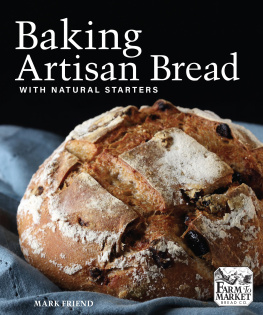

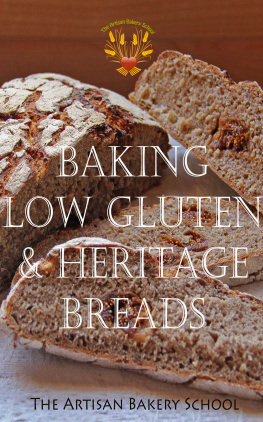
![Ken Forkish - Evolutions in Bread: Artisan Pan Breads and Dutch-Oven Loaves at Home [A baking book]](/uploads/posts/book/323066/thumbs/ken-forkish-evolutions-in-bread-artisan-pan.jpg)

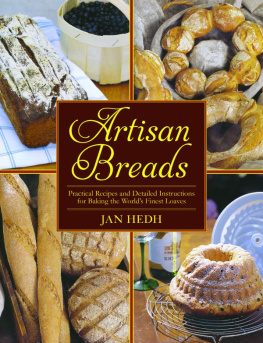
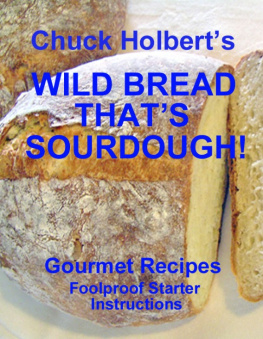
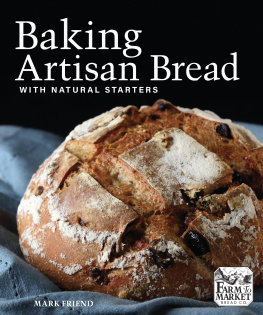
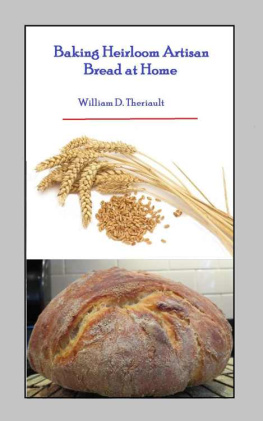


.png)



